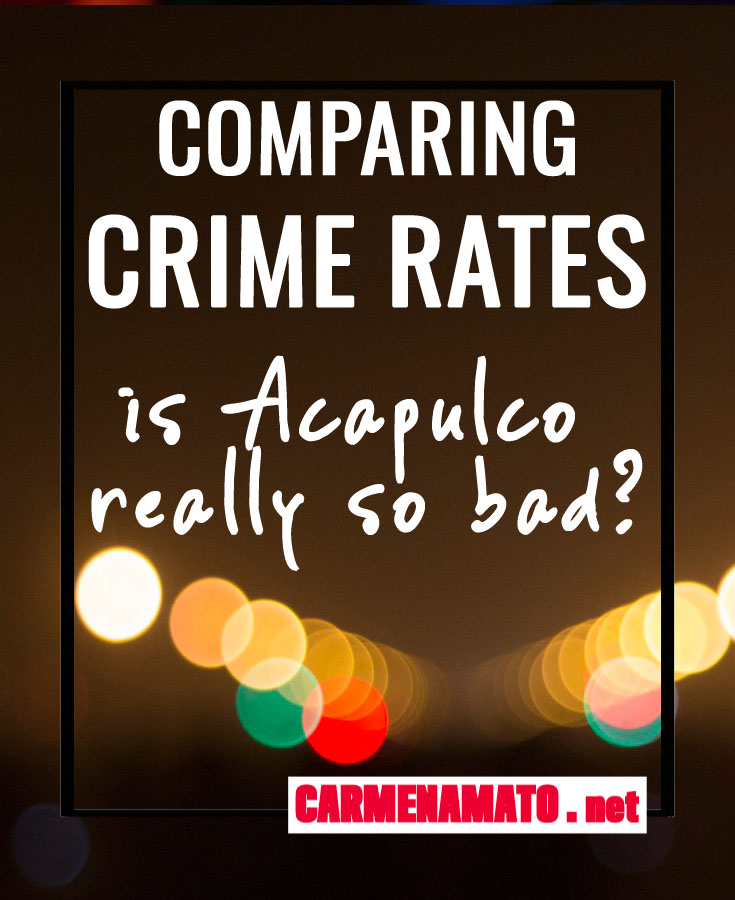Readers often connect with me over the deep point of view style of the Detective Emilia Cruz...

How Mexico’s Union Boss “La Maestra” Inspired a Mystery
When fellow fiction writers ask where to find inspiration for characters I usually reply “minor league politicians.” There is always something to be found in the actions and words of those hungry for political power. In the same spirit, I channeled Elba Esther Gordillo, head of Mexico’s national teacher’s union, the Sindicato Nacional de Trabajadores de la Educación (SNTE), when creating the character of Victor Obregon Sosa, head of the police union for the state of Guerrero in the Emilia Cruz mystery series.
Here’s how Obregon is introduced in CLIFF DIVER, the first book in the series:
The two newcomers surveyed the room. One of them looked vaguely familiar, as if he’d been in the newspaper lately. He was in his late thirties, with longish dark hair slicked back from a high forehead and the sort of angular cheekbones that spoke of a strong indio heritage. He wore a black leather blazer over a black tee shirt and cuffed pants. There was a slight bulge under the left arm. He looked around as if he owned the place. Emilia stopped typing. The man exuded power.
La Maestra
Elba Esther Gordillo, nicknamed “La Maestra,” (The Teacher) has been head of the teacher’s union for more than 20 years; wheeling, dealing, passing out favors, burying bodies, and living on the national stage. Obregon, a continuing character throughout the Emilia Cruz mystery series, borrows much from her:
- Expensive trappings of office—cars, clothes, attitude
- Enough money and political power to manipulate politicians and keep them in his pocket
- Able to effectively block reform and initiatives that could threaten his kingdom
- Rewards loyalty with best jobs, gifts, favors
- Likes power and isn’t shy about showing it off
Imagine my surprise—the imagination reels at what I can do with this via fiction–when Elba Esther was arrested on embezzlement charges last week. The shock wave is still rippling over Mexico where Elba Esther is as famous and powerful as Jimmy Hoffa at the height of his Teamsters power. She is charged with embezzling millions in union funds to support a lifestyle that includes private jets, plastic surgery, luxury homes in San Diego, secret bank accounts in Switzerland and a nearly $3 million credit-card bill at Neiman Marcus. The SNTE has around 1.4 million members and apparently that translates into a lot of dues.
Fictional Education
Of course, it’s not like Elba Esther’s profligate lifestyle was only recently discovered but as they say, timing is everything. (See article on La Maestra corruption from April 2011) The day before her arrest, President Peña Nieto signed into law a major education reform that the SNTE had aggressively opposed. It would allow teachers to be evaluated and possibly fired. This is a big blow to the union’s current status quo: teachers don’t have to have a degree, can never be fired, and high rates of absenteeism are tolerated.
While the president may be sending the message that he’s serious about corruption, Elba Ester’s excesses would have been easier to tolerate if Mexico’s education standards were in better shape:
- Passing grade on the annual test used to award teaching positions in Mexico is only 30%, according to an article by education writer Arjan Shahani in the Americas Quarterly.
- 5.3 percent of Mexico’s GDP goes to education. That’s more than Canada, Costa Rica and Australia and just under the United States. Over 80% of that amount goes to teacher salaries, shortchanging school infrastructure, scholarships, etc.
- Only 62% of students who graduate from elementary school go on to attend middle school, and only a quarter of those go on to higher education. Only a primary education is mandatory in Mexico.
- PISA (Programme for International Student Assessment) places Mexico’s reading comprehension levels second to last among OECD countries.
- Mexican students perform badly in the OECD tests measuring standards in 65 industrialized countries. In the last study published in December 2010, Mexican 15-year-olds came 46th in reading, 49th in mathematics and 51st in science.
Looks like Elba Ester has alot to account for and no doubt she’s working up a slick defense as she waits in a woman’s prison near Mexico City. I’m sure it will be inspiring . . . at least to a mystery writer!
2016 Update
Mexican President Pena Nieto’s education reforms have sparked a slew of protests across Mexico, as teachers protest a system overhaul, including evaluation tests every three years. The reforms also include competitive hiring, more control to the federal government, and a salary system to protect against graft and waste.
But in southern Mexico, this past summer protests got violent. Nine people were killed in clashes with police in Oaxaca. Highways were blocked, leading the government to airlift food into rural areas around the city.
While the main union has fallen in line with the reforms, combatative factions are leading the protests and vowing to close Mexico’s highway system. This comprehensive NY Times article from June 2016 focuses on the violence and extremism in Oaxaca.
You may also like
Writing advice from a balky mule and a train derailment
The Forgotten Masters of World War II Thrillers
In the aftermath of World War II and horror of the Holocaust, the now-forgotten masters of World...
I think of you
This week, the Rome Arts Hall of Fame from my hometown sent out their annual call for nominations...

CARMEN AMATO
Mystery and thriller author. Retired Central Intelligence Agency intel officer. Dog mom to Hazel and Dutch. Recovering Italian handbag addict.











 But seriously. Martin Cruz Smith’s Arkady Renko books gave US readers an authentic glimpse inside Russia, creating interest and an awareness that hadn’t been there before. I’m hoping that a contemporary mystery series can do the same for Mexico. The reviews for my 2012 political thriller
But seriously. Martin Cruz Smith’s Arkady Renko books gave US readers an authentic glimpse inside Russia, creating interest and an awareness that hadn’t been there before. I’m hoping that a contemporary mystery series can do the same for Mexico. The reviews for my 2012 political thriller 
















